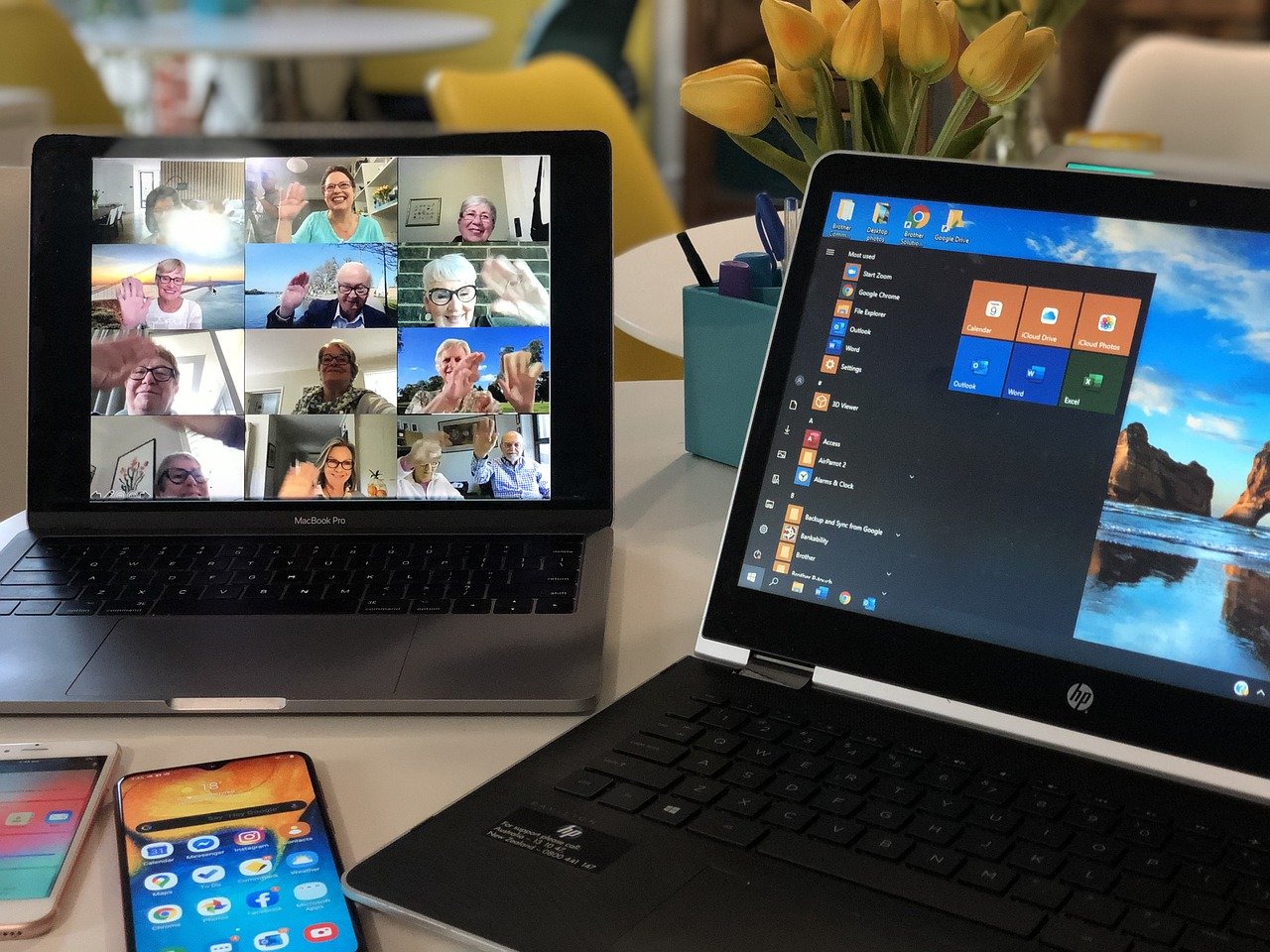It’s been almost a whole year of working from home and adjusting to using video conferencing solutions to keep up with colleagues and clients, as well as family and friends. Whole teams within businesses have learnt to work effectively via digital means, but it doesn’t come without its challenges.
Video call fatigue has become a real thing and it’s affected many of us, leaving us feeling exhausted. However, with remote working set to become the norm for many, it’s important to find ways of preventing video call fatigue and making sure you’re working at your best. Kinly explain more.
Why do we get video call fatigue?
Sitting in front of a computer screen all day is taxing, but once you throw in multiple video calls it can get much more tiring. Processing faces and voices through a screen can take its toll on your concentration and focus, and we miss a lot of non-verbal communication as we can only see from the shoulders up.
If you suffer with low quality or internet issues, it can make it much harder to read people’s expressions and have a coherent conversation. Our brains work harder to make up for the lack of information that we would normally receive in a typical face-to-face meeting, which can result in eye fatigue.
Working and meeting over a computer also means there is less opportunity to get up and stretch your legs, as everything is happening from one screen. In a typical workplace, you could get up to talk to a colleague or move to different rooms to meet.
What can you do about it?
Video calls are set to be the future of working, with many employees adopting a hybrid work pattern and not everyone being in the office at once. This means you’re likely to always meet at least one colleague via video conferencing at some point in the day. It’s important to take the necessary steps to tackle video call fatigue and ensure it’s not something you come to dread.
Try to vary your communication channels. Are video calls always necessary, or could you communicate via instant messaging, to prevent a meeting for the sake of it? If you were in a normal work environment, would you meet someone face-to-face every time you had something to say or ask? Depending on your preferences, consider either schedule your video calls in on the same day and give yourself a break for the rest of the week, or spread your calls out throughout the week.
Take regular breaks, which you should be doing anyway if you’re working at a computer. It’s good for your eyes and your mind to rest at regular intervals, whether it’s a quick tea break or a lunch time walk.
Consider what distractions you might have when on a video call. It’s all too easy to respond to an email or direct message, or have a little scroll on social media while you’re on a call via your computer. Focus and turn off any other notifications. Not only could this make the call more productive, but it could also make the call go a little faster, as you aren’t having to pause to respond to something else going on in the background.
If you are on camera during your calls, consider hiding your image on the screen. Looking at yourself so much through can be stressful and it could make you more aware and critical of yourself. You wouldn’t normally be staring at yourself all day in a normal work environment, so focus more on the other participants and don’t get too caught up in your own appearance.



 Bitcoin
Bitcoin  Ethereum
Ethereum  Tether
Tether  XRP
XRP  Solana
Solana  USDC
USDC  TRON
TRON  Cardano
Cardano  Lido Staked Ether
Lido Staked Ether  Avalanche
Avalanche  Toncoin
Toncoin